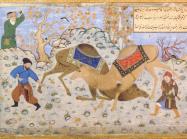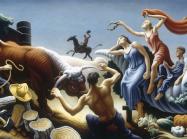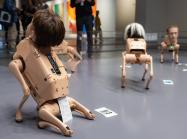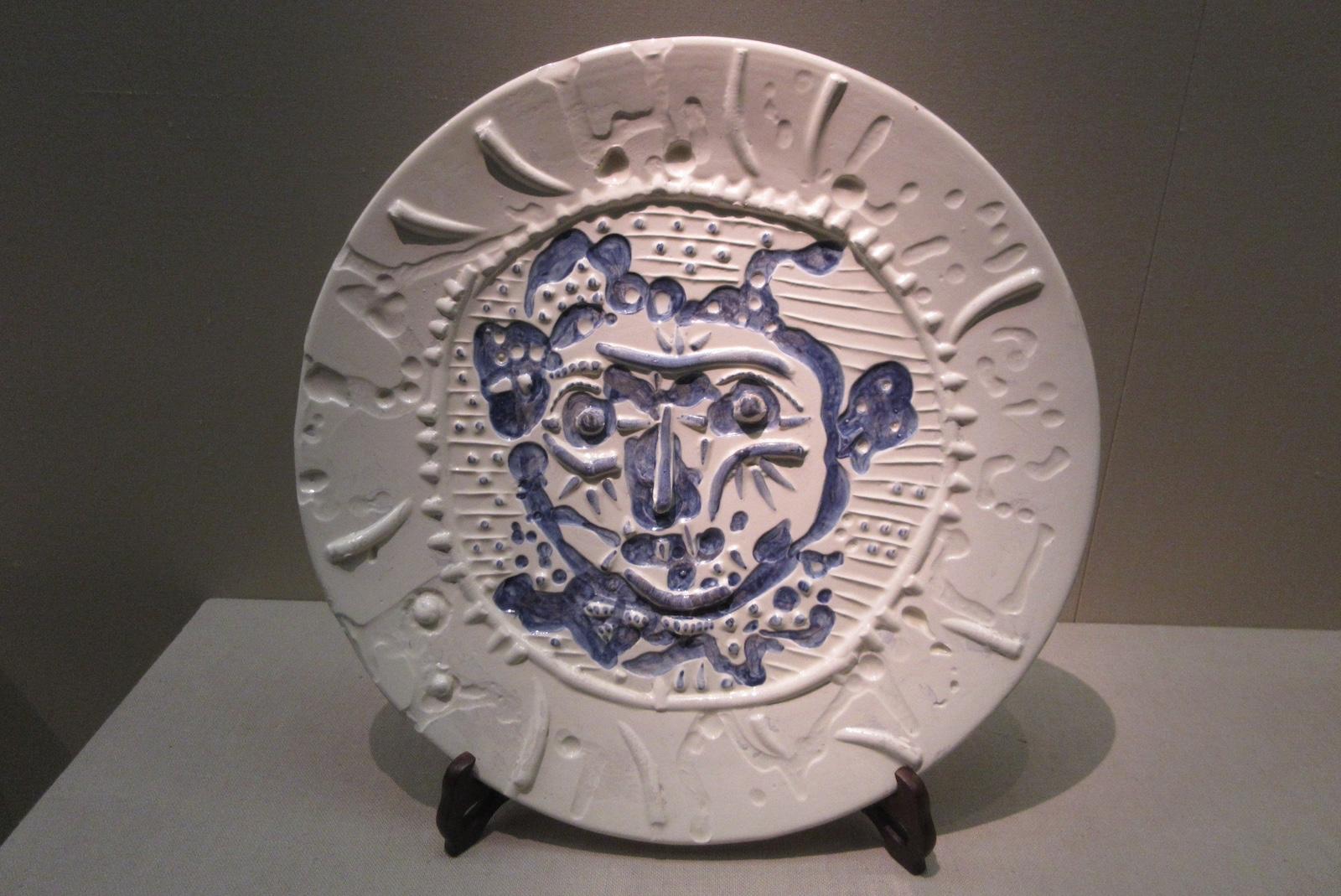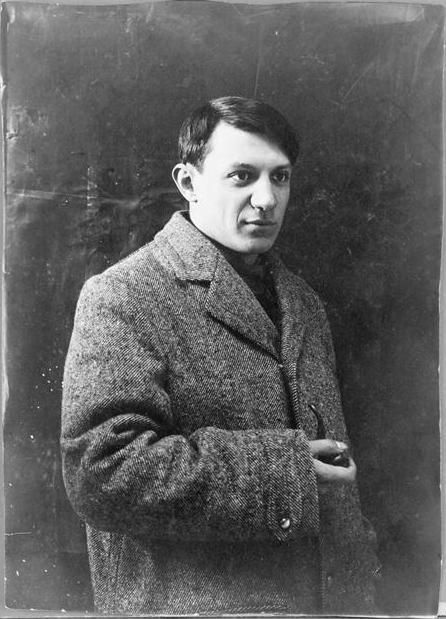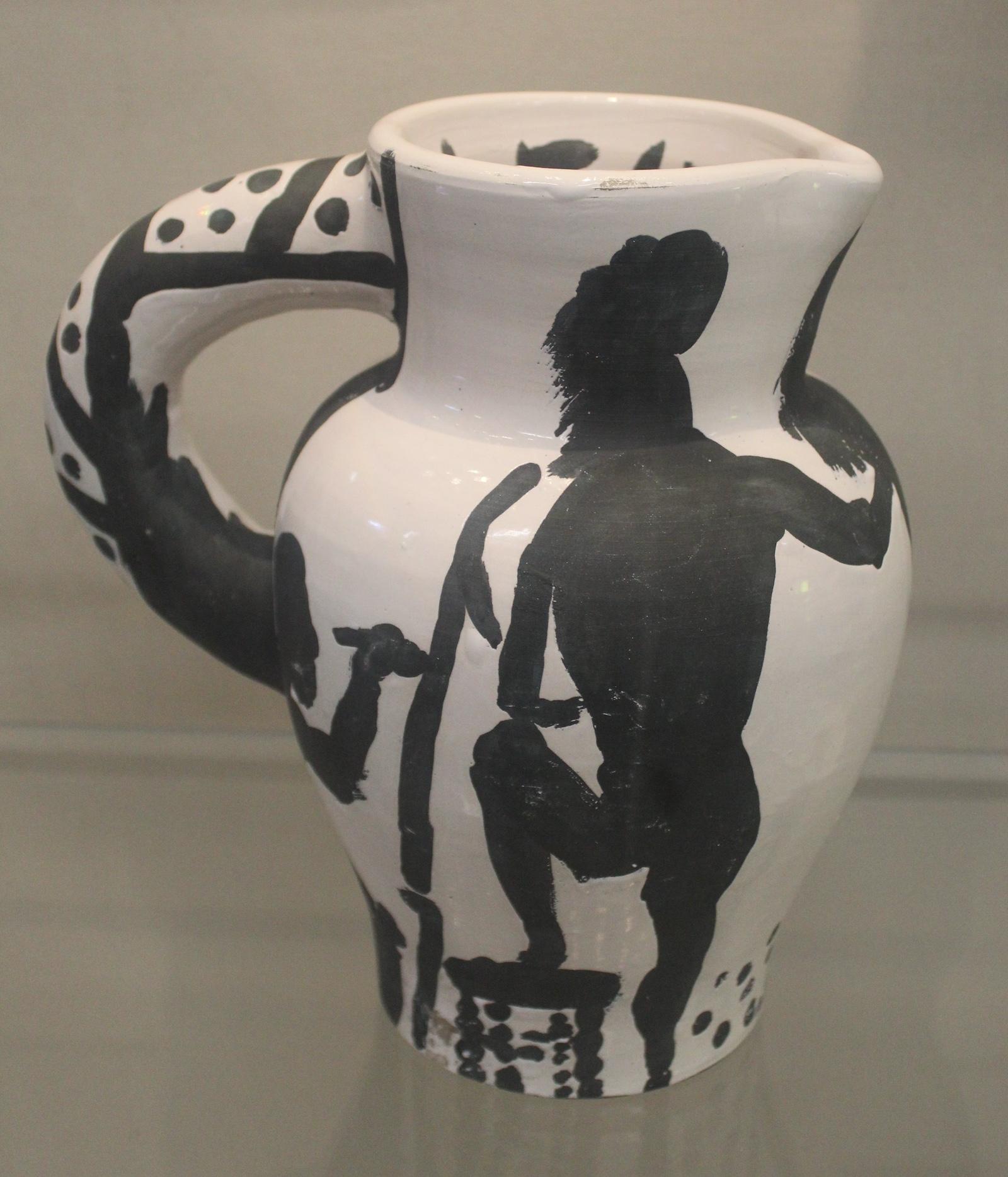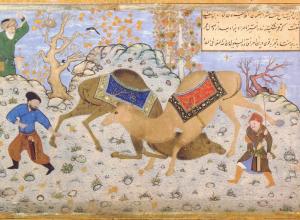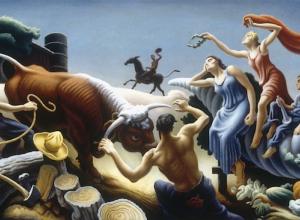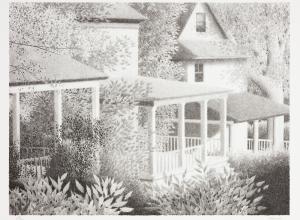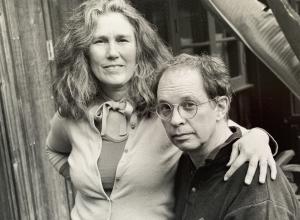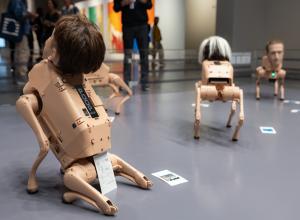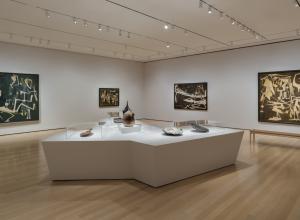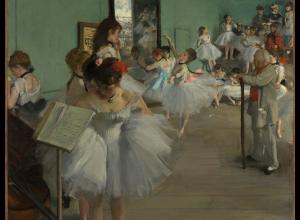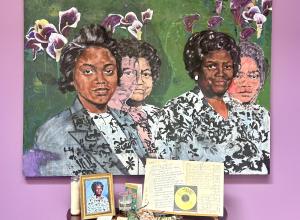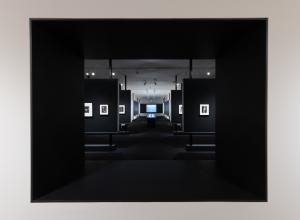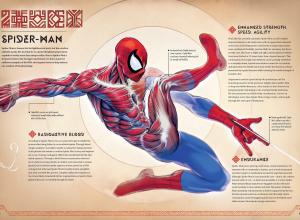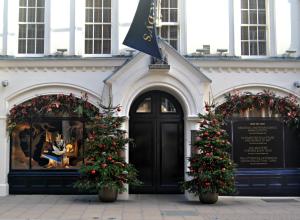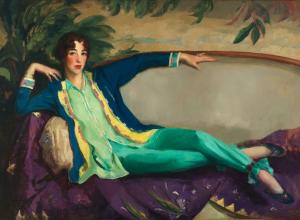Picasso in particular grew to be incredibly fond of the space. When visiting Vallauris in 1947, as it was a town most recognized for its deep-rooted history in pottery and ceramics, he stopped inside Madoura to experiment with clay. From that day on, he formed a loyal creative partnership with the Ramiés. In his 25 years of work at the studio, Picasso created over 3,500 objects, spanning from platters, vases, pitchers, mugs (all engraved with a Madoura stamp), with Suzanne showing him the tricks of the trade.
Today, nearly 30 years after the shop’s official closure in 1997, Vallauris Mayor Kevin Luciano has decided to set forth with major renovations to bring visitors back to the studio. The space was purchased for €3 million ($4 million) by the association of local authorities and is projected to reopen to the public in 2027. The workshop will undergo a €7 million ($8.2 million) transformation, including the opening of a brand new museum.

